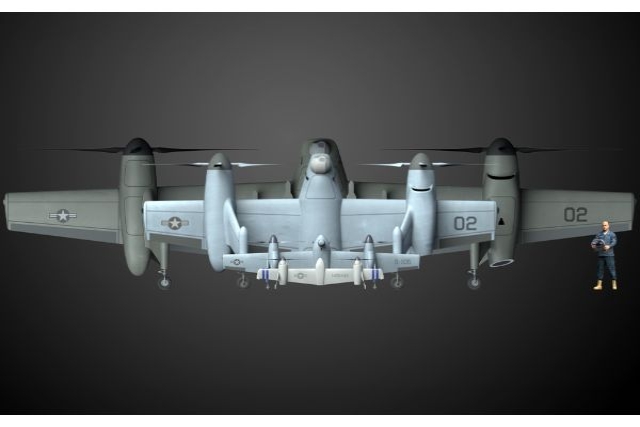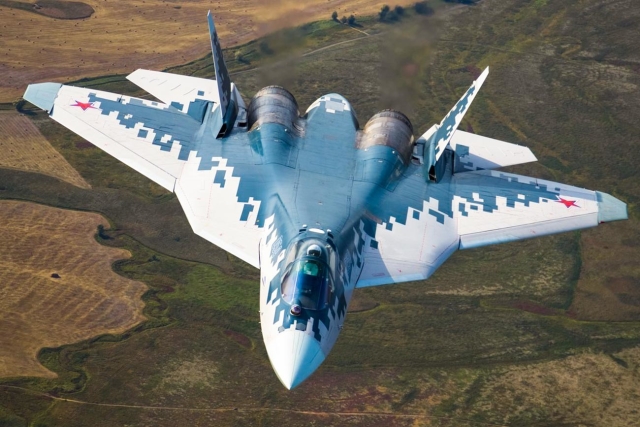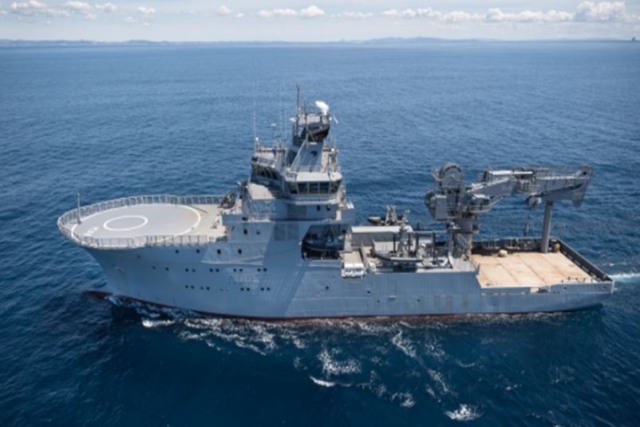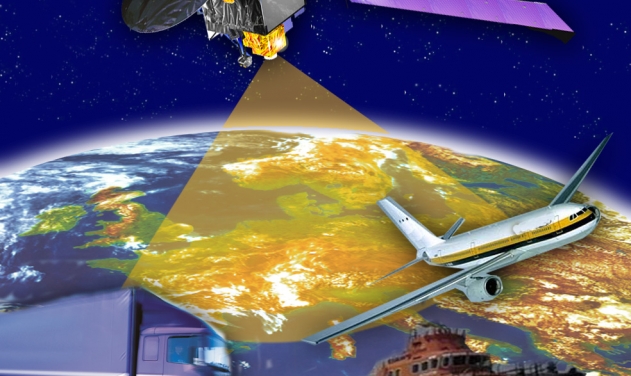Russia's Most Modern Helicopter Commences Testing
Russian Helicopters has launched flight tests on the first prototype of the multirole Mi-171A2 helicopter, the company's most ambitious helicopter project ever.
The first prototype of the Mi-171A2 was designed for tests on its in-flight operability and safety when using the KBO-17 avionics suite, including its interoperability with the new VK-2500PS-03 engines, and to test the new powerplant. The first Mi-171A2 prototype has been subjected to ground runs, which passed off smoothly and led to the first successful tests in hover mode in October 2014. The new helicopter’s rotor system and engine were tested by the special ‘flying laboratory’ – Mi-171LL.
The KBO-17 avionics suite is built by Radioelectronic Technologies to a ‘glass cockpit’ design, and includes all-weather digital TV and thermal imaging cameras, delivering external visibility day or night, with the video output given on a high-resolution multifunction display. The high degree of automation has made it possible to cut crew numbers from three to two people. The on-board maintenance systems built in to the KBO-17 make it possible to monitor the condition of the helicopter’s main systems and components, storing this data in its memory.
The first round of tests on the ‘flying laboratory’ delivered a 20% increase in cruising and maximum speeds, increased main rotor thrust (by more than 800 kilograms), reduced vibration from the standard vibration dampener. The maximum speed was confirmed as being 280 km/hour.
A range of alterations in construction, including new main and tail rotors, smoother vertical and horizontal fins, will be incorporated into the second prototype of the Mi-171A2. The second test prototype will be equipped with an additional range of equipment options: an external sling for up to 5 tonnes and weight measurement system; air-conditioning system, energy absorbing passenger seats for 24 people, and anti-dust equipment that cleans air to 97%. This model is currently being assembled and equipped at the Mil Moscow Helicopter Plant.










